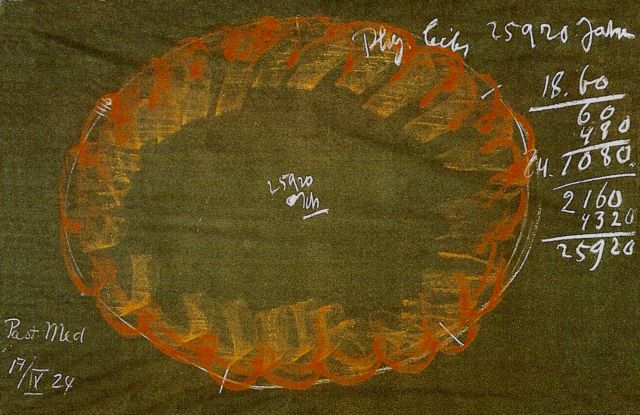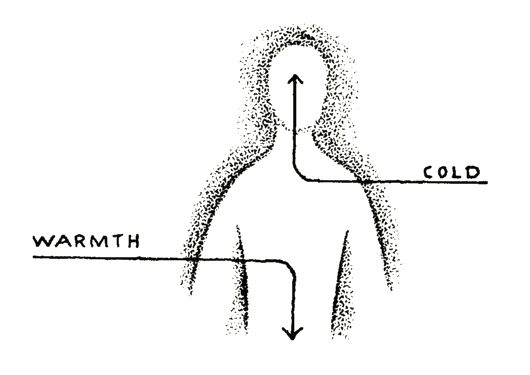Whittaker – Theories of Aether and Electricity – from Descartes to the close of the nineteenth century
Triboluminescence – Plasma Channel – Crystal Light

Naima – Antelope Valley
Rudolf Steiner – Pastoral Medicine
When Nature
Book Of Enoch – Definitive Reference w/ audio and text,
The Book Of Enoch – Definitive Reference w/ audio and text. An exclusive full audio narration by Matthew Schmitz. The Book of Enoch is an ancient Hebrew apocalyptic religious text, ascribed by tradition to Enoch, the great-grandfather of Noah. Enoch contains unique material on the origins of demons and giants, why some angels fell from heaven, an explanation of why the Great Flood was morally necessary, and prophetic exposition of the thousand-year reign of the Messiah.
Continue reading “Book Of Enoch – Definitive Reference w/ audio and text,”





